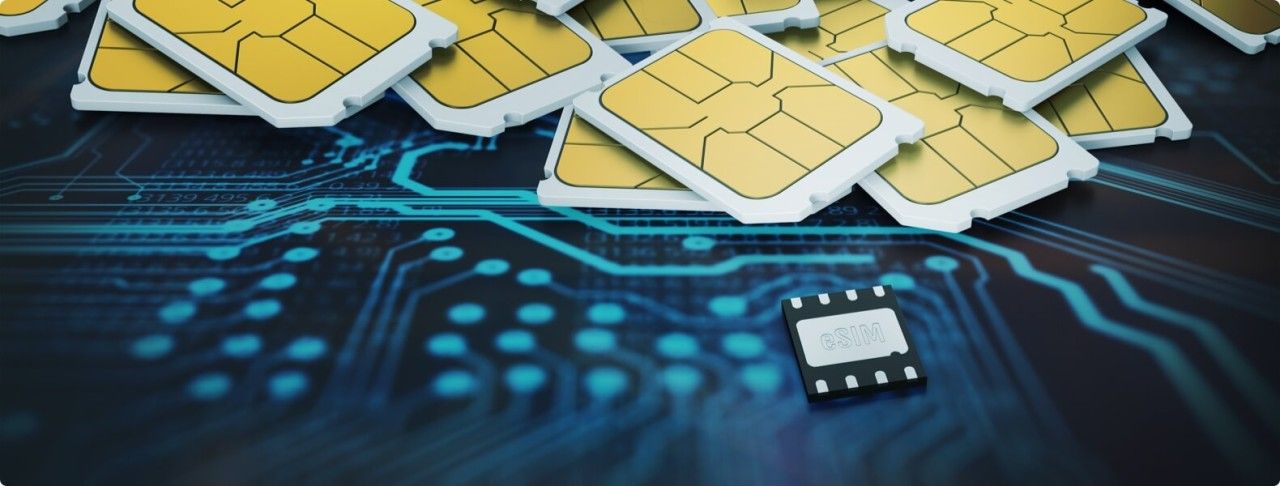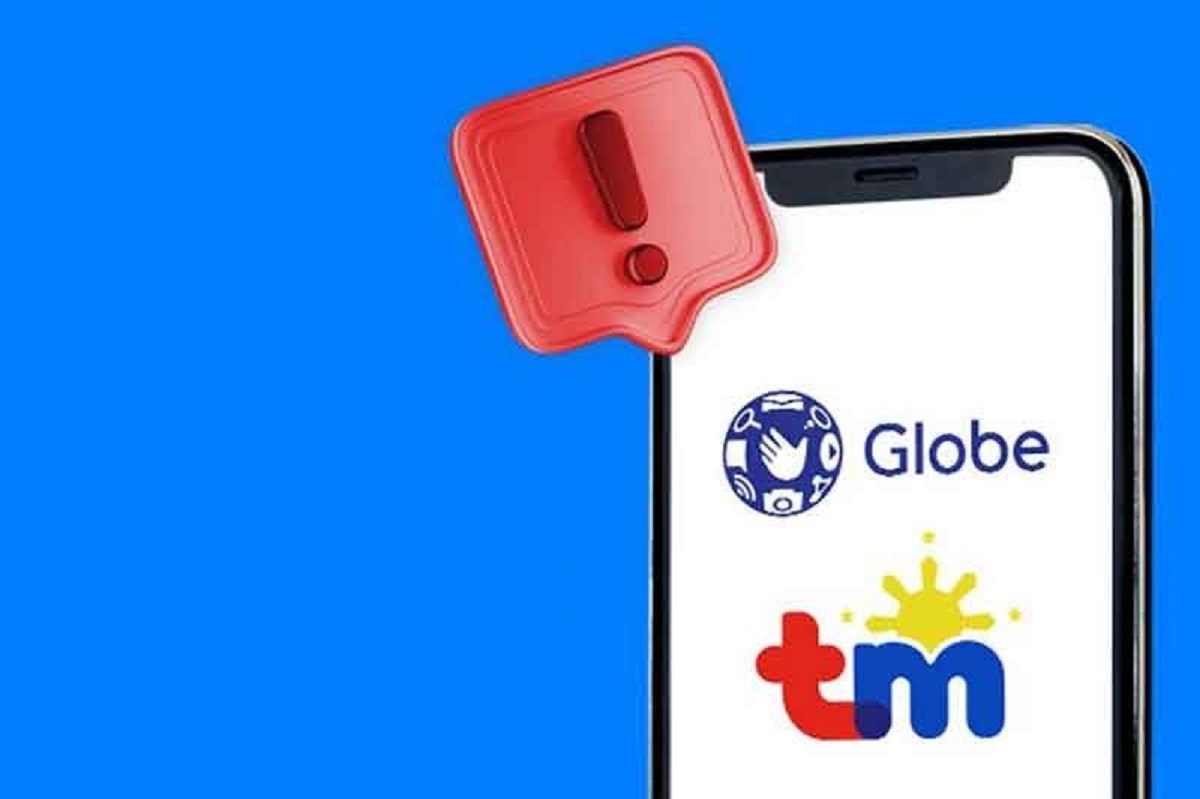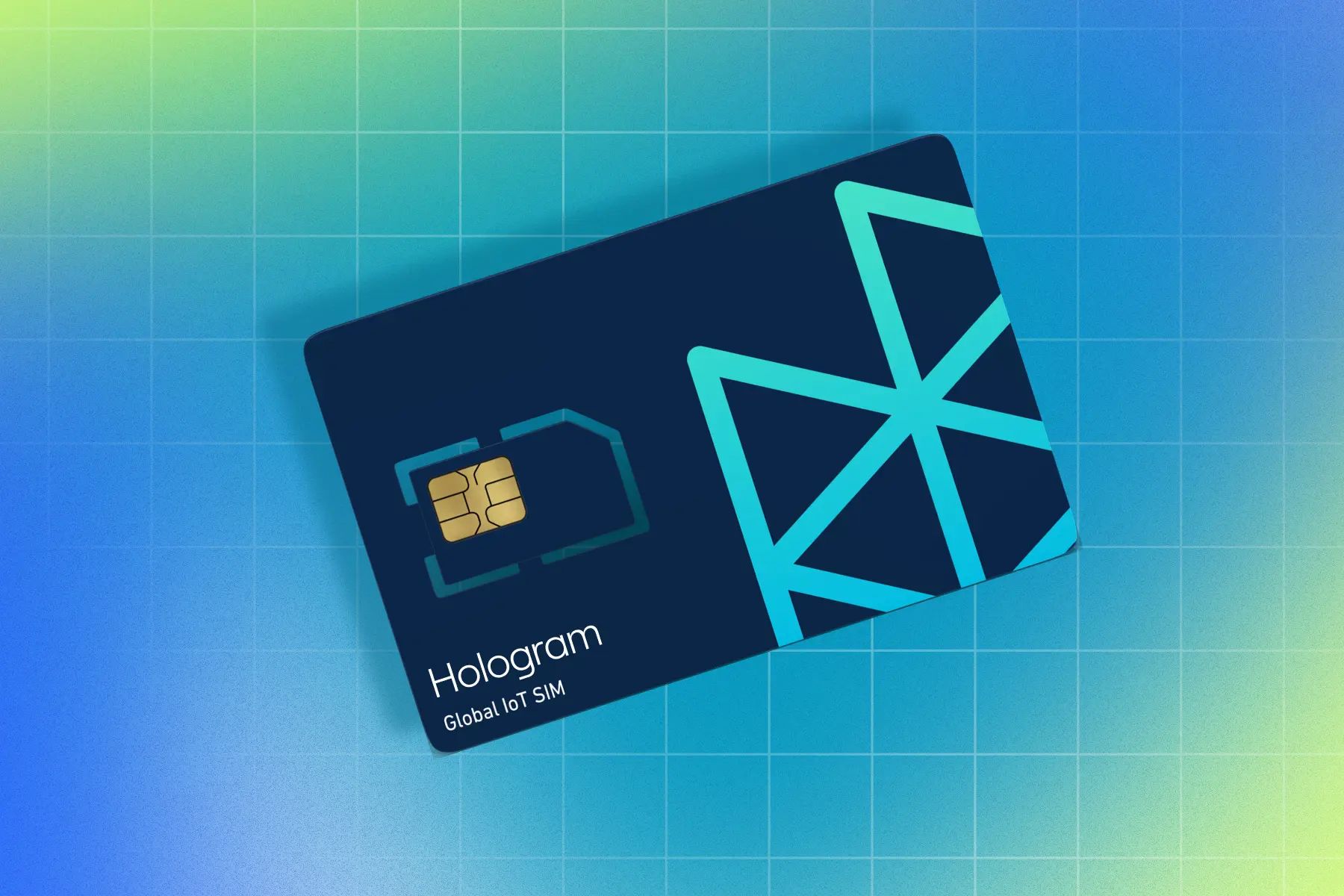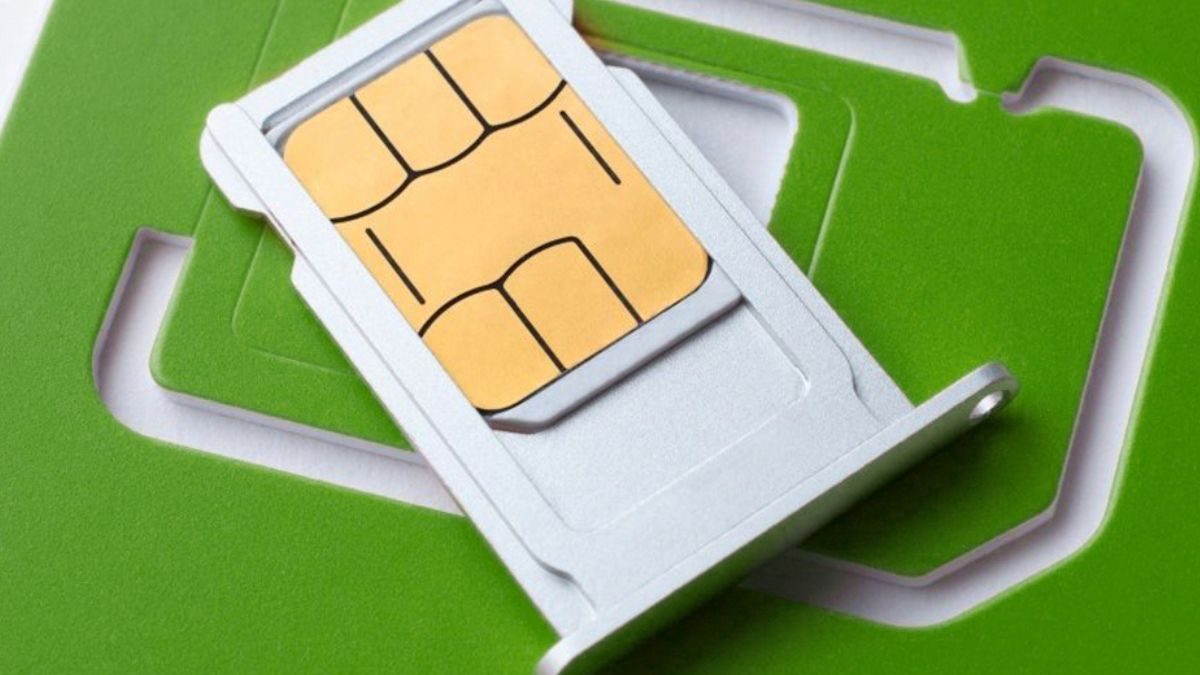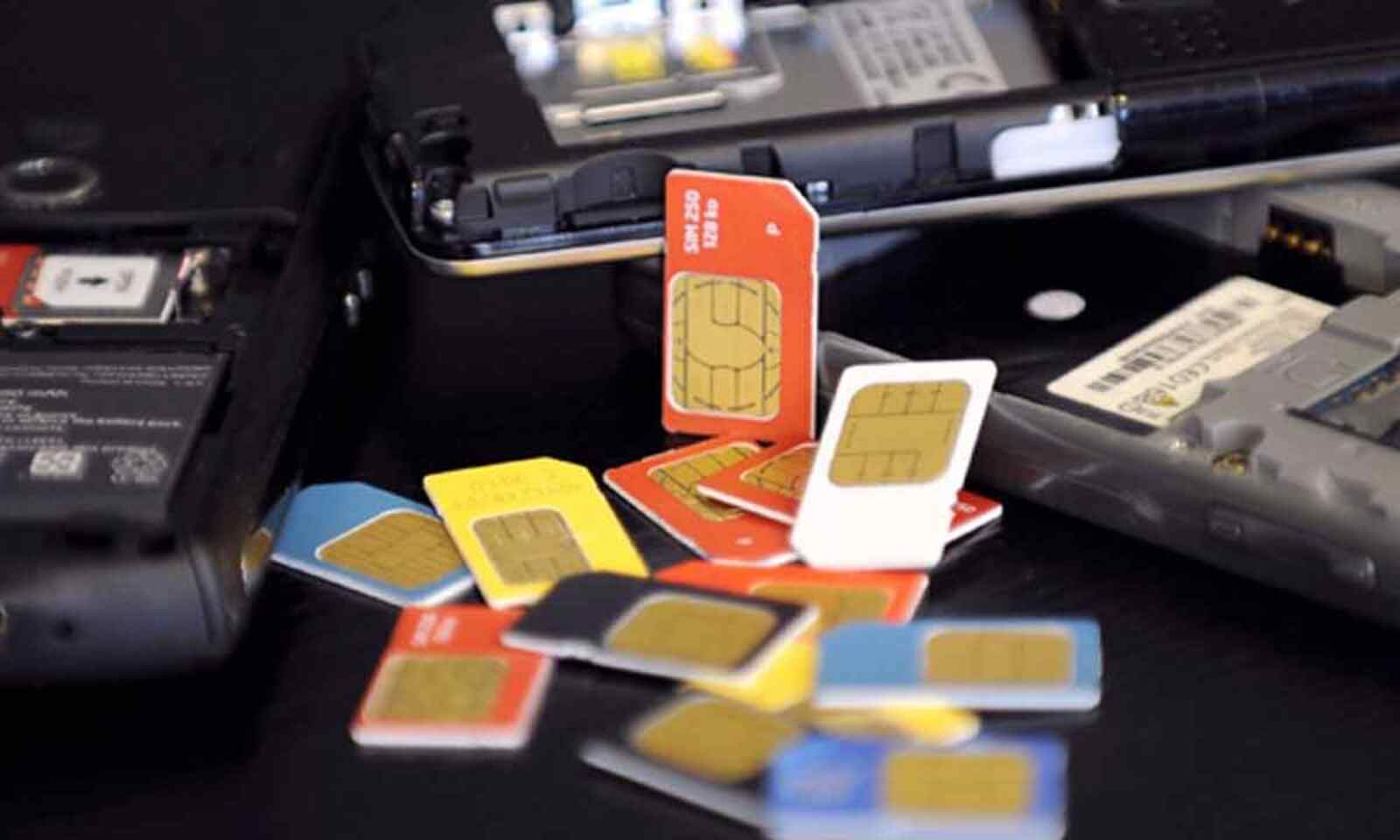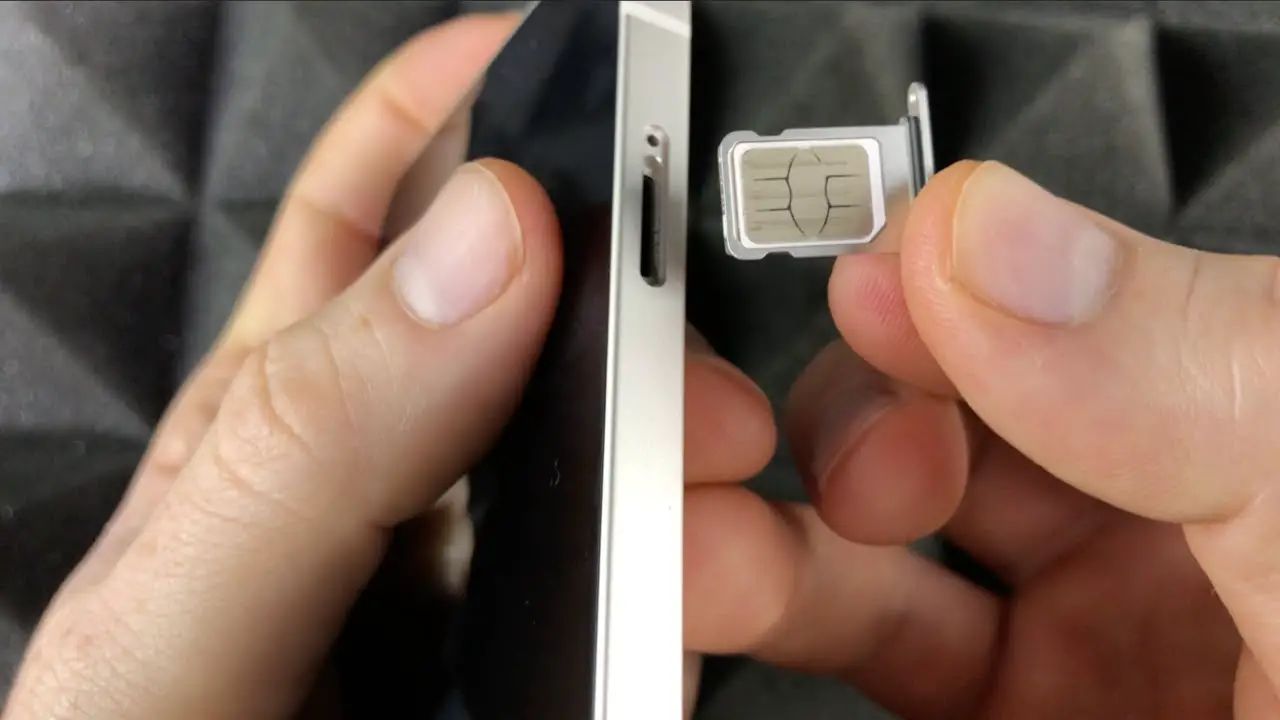Introduction
In today's fast-paced digital world, mobile devices have become an integral part of our daily lives. From staying connected with loved ones to accessing a world of information at our fingertips, the reliance on mobile technology is undeniable. At the heart of this technological marvel lies the Subscriber Identity Module (SIM) card, a small but powerful component that enables our devices to connect to cellular networks and access voice, data, and messaging services.
The process of SIM card provisioning plays a crucial role in ensuring that users can seamlessly activate and utilize their mobile devices. Whether it's a brand-new smartphone or a replacement SIM for an existing device, the provisioning process sets the stage for a smooth and efficient user experience.
In this article, we will delve into the intricacies of SIM card provisioning, exploring its significance, types, processes, challenges, and future trends. By gaining a comprehensive understanding of SIM card provisioning, readers will be equipped to appreciate the complexities involved in this essential aspect of mobile technology. Let's embark on a journey to unravel the fascinating world of SIM card provisioning and gain insights into its pivotal role in the realm of mobile devices.
What is SIM Card Provisioning?
SIM card provisioning refers to the process of configuring a SIM card to enable it to connect to a mobile network and access various services such as voice calls, text messaging, and mobile data. Essentially, it involves the activation, customization, and management of SIM cards to ensure they are ready for use in mobile devices.
When a user acquires a new mobile device or replaces a SIM card, provisioning is essential to establish a seamless connection between the device and the mobile network. This process involves assigning a unique identifier to the SIM card, linking it to the user's account, and configuring network settings to enable communication with the mobile operator's infrastructure.
Moreover, SIM card provisioning encompasses the allocation of specific services and features based on the user's subscription plan. This includes setting up data plans, enabling international roaming, and customizing security settings to protect the user's information and ensure secure communication over the network.
In essence, SIM card provisioning serves as the bridge that facilitates the interaction between a mobile device and the cellular network, enabling users to harness the full potential of their devices for communication, connectivity, and accessing digital services.
The significance of SIM card provisioning cannot be overstated, as it is the foundational process that empowers users to make calls, send messages, and access the internet on their mobile devices. Without proper provisioning, a SIM card would remain inert, unable to establish a connection with the mobile network and provide the essential services that users rely on in their daily lives.
In the subsequent sections, we will delve deeper into the various types of SIM card provisioning, the intricacies of the provisioning process, the challenges associated with provisioning, and the future trends that are poised to shape the landscape of SIM card provisioning in the years to come. Let's unravel the complexities and significance of SIM card provisioning as we embark on this insightful journey into the world of mobile technology.
Types of SIM Card Provisioning
When it comes to SIM card provisioning, there are several distinct types that cater to different user scenarios and operational requirements. Understanding these types is essential in comprehending the diverse approaches to configuring and activating SIM cards. Let's explore the prominent types of SIM card provisioning:
-
Traditional SIM Card Provisioning: This conventional method involves the physical insertion of a pre-configured SIM card into a mobile device. The SIM card is pre-programmed with the necessary network settings and user information, and upon insertion, the device establishes a connection with the network. This type of provisioning is commonly used for new activations and SIM card replacements.
-
Over-the-Air (OTA) SIM Provisioning: OTA provisioning revolutionizes the activation process by enabling SIM cards to be remotely configured and personalized over the air, without requiring physical intervention. This method leverages secure communication protocols to transmit network-specific information and user profiles directly to the SIM card, streamlining the activation process and enhancing user convenience.
-
Embedded SIM (eSIM) Provisioning: With the advent of eSIM technology, provisioning takes on a new dimension. eSIMs are integrated directly into the device during manufacturing, eliminating the need for physical SIM cards. Provisioning an eSIM involves digitally assigning network profiles to the device, allowing users to switch between carriers and activate services without swapping physical SIM cards.
-
Multi-IMSI Provisioning: This advanced provisioning method involves configuring SIM cards with multiple International Mobile Subscriber Identities (IMSIs), which are unique identifiers associated with different mobile networks. Multi-IMSI provisioning enables seamless network switching, as the SIM card can dynamically connect to different networks based on signal strength and user preferences, enhancing connectivity and roaming capabilities.
-
Remote SIM Provisioning for IoT Devices: In the realm of Internet of Things (IoT), SIM provisioning extends beyond traditional mobile devices. Remote SIM provisioning enables the dynamic allocation of network profiles to IoT devices, empowering them to connect to cellular networks and transmit data seamlessly. This type of provisioning is instrumental in enabling IoT applications across diverse industries.
Understanding the diverse types of SIM card provisioning sheds light on the evolution of activation methods and the adaptability of provisioning processes to meet the evolving needs of users and devices. As mobile technology continues to advance, the landscape of SIM card provisioning is poised to witness further innovation and refinement, catering to the demands of a connected world.
The Process of SIM Card Provisioning
The process of SIM card provisioning encompasses a series of intricate steps that are essential for configuring a SIM card and enabling it to function seamlessly within a mobile network. From initial activation to personalized customization, the provisioning process plays a pivotal role in ensuring that users can harness the full potential of their mobile devices. Let's delve into the detailed journey of SIM card provisioning:
-
Account Verification: The provisioning process commences with account verification, where the user's identity and subscription details are authenticated by the mobile operator. This involves validating the user's credentials and subscription plan to ensure that the SIM card is associated with the correct user account.
-
SIM Activation: Once the account verification is completed, the SIM card is activated within the mobile operator's system. This step involves assigning a unique identifier to the SIM card, linking it to the user's account, and activating the necessary network services based on the user's subscription plan.
-
Network Configuration: The next phase involves configuring the network settings on the SIM card to enable it to communicate with the mobile operator's infrastructure. This includes setting up parameters such as the Access Point Name (APN), which facilitates the connection to the mobile data network, and other network-specific configurations.
-
Service Customization: Following network configuration, the provisioning process extends to customizing the services and features available to the user. This includes setting up voice call features, text messaging capabilities, data plans, and additional services such as international roaming and value-added services based on the user's preferences and subscription plan.
-
Security Setup: Security is a critical aspect of SIM card provisioning. This step involves implementing security measures such as Personal Identification Number (PIN) and Personal Unblocking Key (PUK) to safeguard the SIM card from unauthorized access and ensure secure communication over the network.
-
User Confirmation: Upon completing the provisioning steps, the user is typically notified of the successful activation and customization of the SIM card. This may involve sending confirmation messages or providing instructions for accessing and utilizing the services available on the provisioned SIM card.
-
Ongoing Management: The provisioning process extends beyond the initial setup, encompassing ongoing management of the SIM card's configuration and services. This includes the ability to remotely update network settings, provision additional services, and manage security features as per the user's evolving needs.
The intricate process of SIM card provisioning is fundamental to establishing a seamless connection between mobile devices and cellular networks, empowering users to leverage the full spectrum of communication and data services. As mobile technology continues to evolve, the provisioning process is poised to adapt to new advancements, ensuring that users can experience enhanced connectivity and personalized services on their mobile devices.
Challenges in SIM Card Provisioning
The realm of SIM card provisioning is not without its complexities and challenges. As mobile technology advances and user expectations evolve, several hurdles and intricacies arise in the provisioning process. Understanding and addressing these challenges is essential in ensuring a seamless and efficient provisioning experience for users and mobile operators. Let's explore the prominent challenges in SIM card provisioning:
-
Regulatory Compliance: SIM card provisioning is subject to stringent regulatory requirements and compliance standards imposed by telecommunications authorities. Ensuring adherence to these regulations, which encompass aspects such as user identification, data privacy, and network security, poses a significant challenge for mobile operators. Striking a balance between regulatory compliance and operational efficiency is crucial in navigating this complex landscape.
-
Device Compatibility: With a myriad of mobile devices featuring diverse specifications and form factors, ensuring seamless compatibility between SIM cards and a wide range of devices presents a notable challenge. From traditional SIM card sizes to the emergence of embedded SIM (eSIM) technology, mobile operators must address the compatibility aspect to cater to the evolving device ecosystem effectively.
-
Security and Fraud Prevention: Safeguarding SIM cards from unauthorized usage and fraudulent activities is a paramount concern in provisioning. Implementing robust security measures to protect user information, prevent SIM card cloning, and mitigate fraudulent activations necessitates continuous vigilance and investment in advanced security protocols.
-
OTA Provisioning Reliability: While Over-the-Air (OTA) provisioning offers convenience and flexibility, ensuring the reliability and security of remote provisioning processes poses a significant challenge. Overcoming network connectivity issues, maintaining data integrity during remote transmissions, and safeguarding against unauthorized access are critical considerations in OTA provisioning.
-
Interoperability and Roaming: The seamless operation of provisioned SIM cards across diverse networks and geographical regions presents interoperability and roaming challenges. Ensuring consistent service availability, tariff management, and network handover capabilities for roaming users requires meticulous coordination and adherence to international standards.
-
IoT Device Provisioning: In the context of Internet of Things (IoT) applications, provisioning SIM cards for a myriad of IoT devices introduces unique challenges. Addressing scalability, remote management, and specialized service configurations for IoT deployments demands tailored provisioning solutions and robust infrastructure.
By acknowledging and addressing these challenges, mobile operators and technology providers can enhance the reliability, security, and user experience associated with SIM card provisioning. As the mobile landscape continues to evolve, overcoming these challenges will be instrumental in shaping a resilient and future-ready provisioning ecosystem.
Future Trends in SIM Card Provisioning
The landscape of SIM card provisioning is poised to undergo significant transformation, driven by technological advancements, evolving user demands, and the proliferation of connected devices. As the mobile ecosystem continues to evolve, several future trends are set to shape the trajectory of SIM card provisioning, ushering in a new era of connectivity and user experience.
1. Enhanced eSIM Adoption
The adoption of embedded SIM (eSIM) technology is set to witness rapid growth, revolutionizing the provisioning process. eSIMs offer the flexibility of remotely provisioning and managing network profiles, enabling users to switch between mobile operators seamlessly. This trend paves the way for a more agile and user-centric provisioning experience, especially in the context of IoT devices and connected wearables.
2. 5G-Optimized Provisioning
The advent of 5G technology heralds a new era of ultra-fast connectivity and low-latency communication. Future trends in SIM card provisioning will focus on optimizing the activation and configuration of SIM cards to harness the full potential of 5G networks. This includes provisioning tailored services and features that leverage the capabilities of 5G, such as augmented reality (AR), virtual reality (VR), and high-definition video streaming.
3. AI-Driven Personalization
Artificial intelligence (AI) and machine learning are poised to play a pivotal role in personalizing the provisioning process. AI-driven analytics will enable mobile operators to anticipate user preferences, dynamically customize service bundles, and optimize network configurations based on user behavior. This trend aligns with the growing emphasis on delivering tailored and context-aware provisioning experiences.
4. Blockchain-Based Security
The integration of blockchain technology is set to fortify the security aspects of SIM card provisioning. By leveraging blockchain for identity verification, secure user authentication, and tamper-resistant provisioning records, mobile operators can enhance the integrity of the provisioning process while mitigating fraud and unauthorized access. This trend underscores the commitment to elevating security standards in SIM provisioning.
5. IoT-Centric Provisioning Solutions
As the Internet of Things (IoT) ecosystem expands, future trends in SIM card provisioning will cater to the unique requirements of IoT deployments. Scalable and automated provisioning solutions tailored for IoT devices, coupled with advanced management capabilities, will facilitate the seamless integration of IoT devices into cellular networks. This trend is pivotal in enabling the proliferation of IoT applications across industries.
6. Sustainable and Remote Provisioning
With an increasing focus on sustainability and remote connectivity, future provisioning trends will emphasize environmentally conscious provisioning practices and remote management capabilities. This includes minimizing physical SIM card waste through eSIM adoption, as well as enabling remote provisioning for users in geographically dispersed or remote areas, ensuring universal access to mobile connectivity.
In essence, the future trends in SIM card provisioning are poised to redefine the dynamics of mobile connectivity, user empowerment, and technological innovation. By embracing these trends, mobile operators, technology providers, and users can collectively shape a provisioning ecosystem that is agile, secure, and tailored to the diverse needs of a digitally connected world.
Conclusion
In conclusion, SIM card provisioning stands as a cornerstone in the realm of mobile technology, serving as the fundamental gateway that enables users to connect, communicate, and access a myriad of digital services. The intricate process of provisioning, encompassing traditional SIM activations, remote provisioning, eSIM technology, and IoT device provisioning, plays a pivotal role in shaping the user experience and fostering seamless connectivity.
As we navigate through the intricacies of SIM card provisioning, it becomes evident that the future of provisioning is poised to witness a transformative evolution. From the widespread adoption of eSIM technology to the convergence of AI-driven personalization and blockchain-based security, the provisioning landscape is set to embrace innovation, agility, and enhanced user-centricity. The advent of 5G technology further amplifies the significance of optimizing provisioning processes to harness the full potential of ultra-fast connectivity and low-latency communication.
Moreover, the challenges inherent in SIM card provisioning, ranging from regulatory compliance to device compatibility and security considerations, underscore the need for continuous innovation and vigilance in addressing these complexities. By acknowledging and surmounting these challenges, the provisioning ecosystem can evolve to deliver a resilient, secure, and user-centric experience for mobile users across the globe.
As we peer into the future, the convergence of sustainable provisioning practices, IoT-centric solutions, and remote provisioning capabilities holds the promise of fostering universal access to mobile connectivity while minimizing environmental impact. This underscores the pivotal role of SIM card provisioning in shaping a connected world that is inclusive, sustainable, and technologically advanced.
In essence, SIM card provisioning transcends its technical intricacies to embody the essence of connectivity, empowerment, and seamless user experiences. By embracing the future trends and addressing the challenges, the provisioning ecosystem is poised to chart a path towards a connected future that is agile, secure, and tailored to the diverse needs of users and devices. As we embark on this journey, the significance of SIM card provisioning as a catalyst for mobile connectivity and digital empowerment remains unwavering, paving the way for a future where seamless connectivity knows no bounds.







